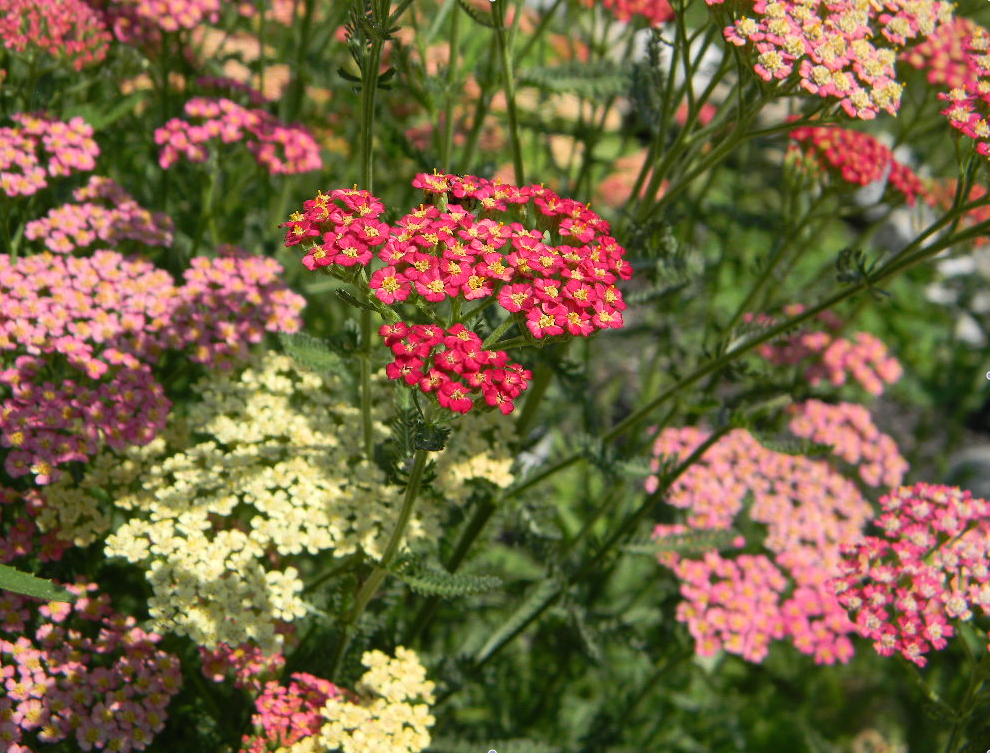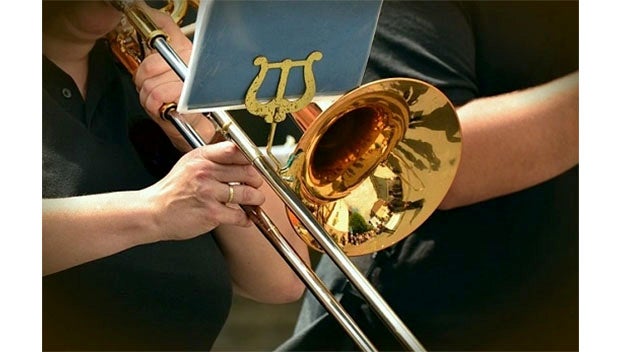Yarrow — nature’s confetti
Published 9:47 am Wednesday, June 28, 2017
Yarrow (Achillea millefolium) is a perennial herb that requires full sun to partial shade and well-drained soil. I believe it to grow anywhere that resembles the slightest of hospitable terrain.
Once seeded it spreads by its roots and will also multiply readily by its seeds. In my herb garden it has happily jumped from the garden bed to a strawberry pot placed nearby.
Many consider it a troublesome weed, I however admire its wispy fern like foliage and its delicate confetti like blooms that perch high atop its slender stalks. When in bloom it is quite a spectacle, especially the multi colored variety of Polish Pastels Mix.
Yarrow can be found in meadows, pastures and along the roadside growing wild where it has self-seeded by way of wind or bird. I appreciate it much more when found in a cultivated garden were the gardener has allowed it to spread to unexpected spaces, while thinning when necessary in order to lend it’s belligerent creeping habit to the artistic botanical beauty of the space.
Ancient Native Americans and Chinese have used yarrow as a healing plant. It is medicinally known as a Diaphoretic, astringent, stimulant and mild aromatic. As with any herb or alternative medicine consult your medical doctor before using in any form.
It has also been used in food preparation and in tea form. Yarrow has a sweet, slightly bitter taste. I have tried the young tender leaves finely chopped and tossed with Penne pasta in olive oil and fresh garlic with a pinch of red pepper flakes, and thought it tasty.
Yarrow is an especially useful companion plant in the garden. It repels some pest insects while attracting other beneficial ones. It attracts predatory wasps with its nectar and the wasps in turn use the insect pests as food for its larvae. Ladybeetles and hoverflies also like the yarrow plant.
Some cavity nesting birds use yarrow to line their nests, including the starling. Studies were done adding greenery to the nests of non-greenery using nest builders and showed the reduction of bird flea loads. Now we may know why some birds incorporate it in their nests when building.
In all fairness to my fellow gardeners who may scoff at the idea of purposefully adding yarrow to the garden, I agree it is an opportunistic wild child of the plant world. But it can be tamed and limited in its sprawl with some occasional diligent attention during the growing season.
If you are of the adventurous type, give yarrow a chance. The explosion of multicolored blooms spread atop the towering feathery stalks of yarrow is nature’s confetti to the gardener’s eye.
Dawn Conrad is a columnist for The K-V Dispatch. She can be reached at conrad.gardenmuse@gmail.com




